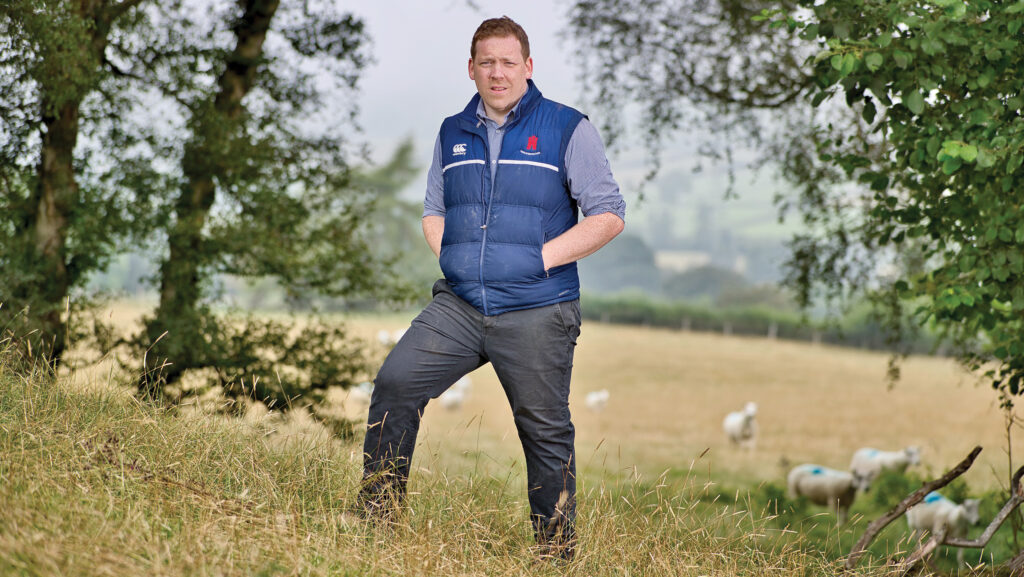Farmer Focus: Sheep worrying has flared up in our area
 Joe Mault © Richard Stanton
Joe Mault © Richard Stanton We are about halfway through our sheep scanning, and the results so far are promising. Once again, the Welsh batch of ewes is performing well, with an empty rate of less than 4%.
The crossbred ewes, however, are not quite as strong, with a slightly higher number of barrens than we would have hoped for.
That said, they are still within our target range, albeit at the higher end. The ewes themselves are in good condition, which reassures us that we are on the right track.
See also: Why moving weaning date can improve ewe scanning rate
We are very lucky to have more than one experienced sheep scanner within the family, so we break down the flocks not just by the number of lambs they are carrying but also by identifying which cycle they conceived in.
This is particularly valuable, as we don’t tend to change raddle marks on the rams.
Knowing when individual ewes are likely to lamb is extremely useful for planning and management in the lead-up to lambing season.
While scanning has given us a reason to be optimistic, the main concern now is the worrying increase in dog attacks in our area.
A farmer in our village has suffered devastating losses, with two sheep killed and nine seriously injured in January.
Further losses are likely, due to abortion following the extreme distress placed on the sheep.
Other incidents have been reported in the locality, and while no further sheep have been killed, it’s still concerning.
Livestock worrying remains an ongoing problem for farmers. NFU Mutual’s 2023 data shows it cost the industry £2.4m, a 30% increase on 2022.
For years, we as an industry have campaigned for stricter consequences for dog owners who allow their pets to worry livestock, yet little progress has been made.
The Dogs (Protection of Livestock) (Amendment) Bill offers a glimmer of hope, but the real issue seems to be a lack of awareness and responsibility among dog owners.
Signage is available to remind owners of their responsibilities, but warnings often go ignored.
Perhaps it is time to take a more hard-hitting approach by sharing images of injured livestock widely.
This might be the only way to make dog owners truly understand the consequences of failing to keep their pets under control.

